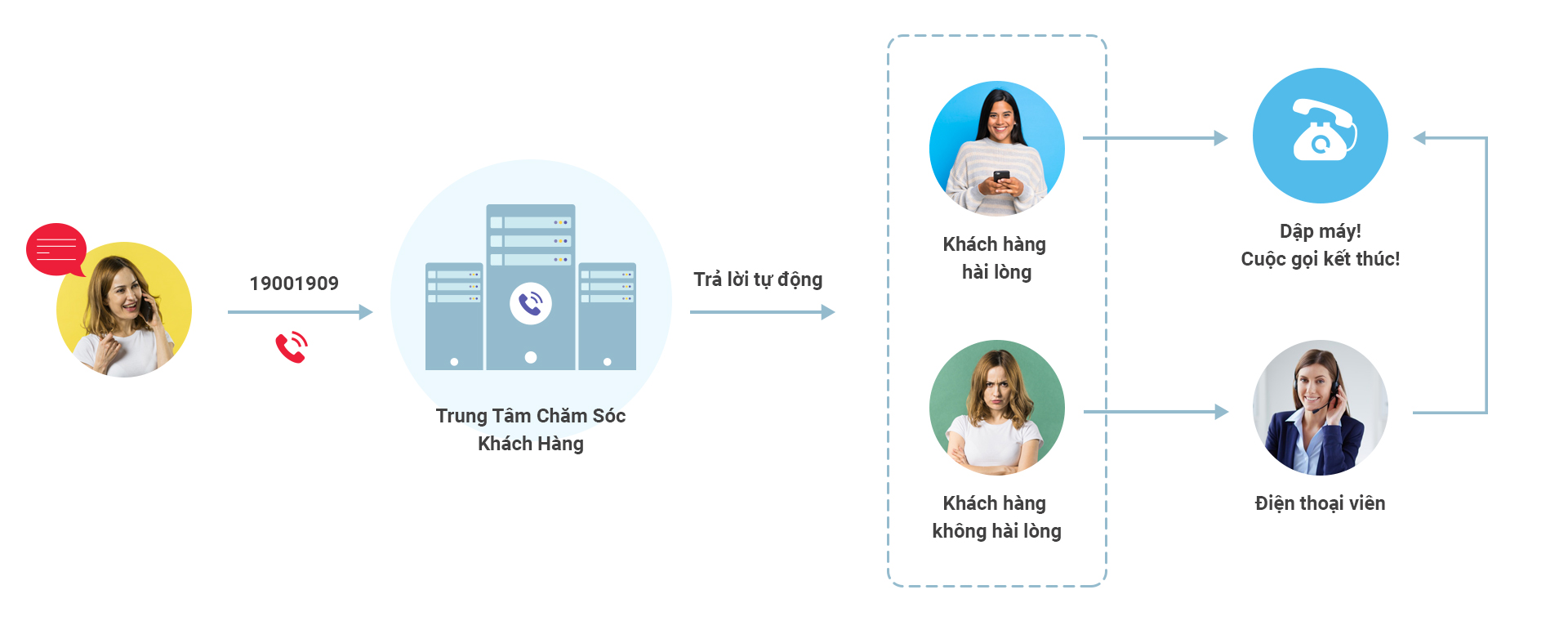

- AZURE SPEECH TO TEXT CUSTOMER SERVICE CALL CENTER HOW TO
- AZURE SPEECH TO TEXT CUSTOMER SERVICE CALL CENTER REGISTRATION
STT supports 40 languages, while TTS works with 45 languages but it has a total of 75 voices to choose from, including choice of gender. It is low latency, to the subsequent level after the last byte is received and natively integrated to the Bot Framework, so your bots can use voice if preferred. This technology is actually quite mature, as it has been used by Microsoft for many years. Now, all of these functionalities are merged into Speech Services, and Microsoft recommends migrating from the old APIs to this new one.

Historically, there were many Speech APIs and some of them had the Bing branding, for example, the Bing Speech API. It does three main things Speech-to-Text (STT), Text-to-Speech (TTS) and Speech Translation. The Speech category is mostly composed of one API called Speech Services.
Knowledge of at least one programming language. People who want to learn more about Azure Cognitive Services. AZURE SPEECH TO TEXT CUSTOMER SERVICE CALL CENTER HOW TO
Learn how to incorporate these services into your apps. Understand the functionality provided by Azure Cognitive Services. We will cover what Cognitive Services are and how to use the various solutions they provide, including Vision, Speech, Language, Decision, and Web Search. In this course, you will learn how to infuse your apps-on an architectural level-with the intelligence that Cognitive Services provide. Microsoft has created a predefined set of AI models available for companies of all sizes to start with called Cognitive Services, and best of all, they require little to no knowledge of data science. With AI and Machine Learning, computers are now able to start reasoning, understanding, and interacting in ways that were never possible before. The foundational theory for AI was actually developed several decades ago, but recent advancements in big data, computing power, cloud, and algorithms have made it affordable and widespread today. “I am sure this solution can completely transform the way we interact with our enterprise systems.Artificial Intelligence is not a future or distant concept it is here and now, and being used by many companies of various sizes and industries. “Since the solution is scalable, we are focusing on integrating it with other product features and enhancing the employee experience,” Sivasubramanian adds. Moving forward, Ramco intends to deploy the voice biometrics platform in additional scenarios, including voice-based navigation in smartphones using the Ramco Unify mobile app, multi-user device authentication, and improved employee experience via voice-based attendance, leave requests, and other features. “With the rising concerns about data privacy in facial recognition-based solutions and the need to devise a solution for markets like the Middle East where the traditional facial recognition solutions fall short in user identification, Azure Voice biometric solution has proven to be a secure, robust alternative,” comments Ramco’s VP of Tech & Innovation Ramesh Sivasubramanian in a Microsoft blog post. The app then records the user’s audio and buffers it, loads the user profile, then sends an audio sample to the “Speech Recognition” service for verification. The user then dictates their employee ID in front of a microphone, and the audio sample is sent to STT to ‘fetch’ the employee ID. 
The system utilizes a thermal sensor to detect human presence.

It supports multiple voice diction and tones, including those not used during registration. In other words, the biometric tool has 140 voice features that it utilizes to match registered profiles.
AZURE SPEECH TO TEXT CUSTOMER SERVICE CALL CENTER REGISTRATION
These include user validation under two seconds, support of over 50 user profiles with registration process under 15 seconds, and enhanced privacy features.įrom a technical standpoint, the solution is based upon the Azure Cognitive Services Speech to Text (STT) service, and performs ‘speaker verification’ instead of ‘speaker identification’ based on an employee saying their staff ID code. In addition, as the biometric tool was developed for Ramco Systems’ more than 500 large enterprises and multinational corporations, it had to satisfy specific requirements.








 0 kommentar(er)
0 kommentar(er)
